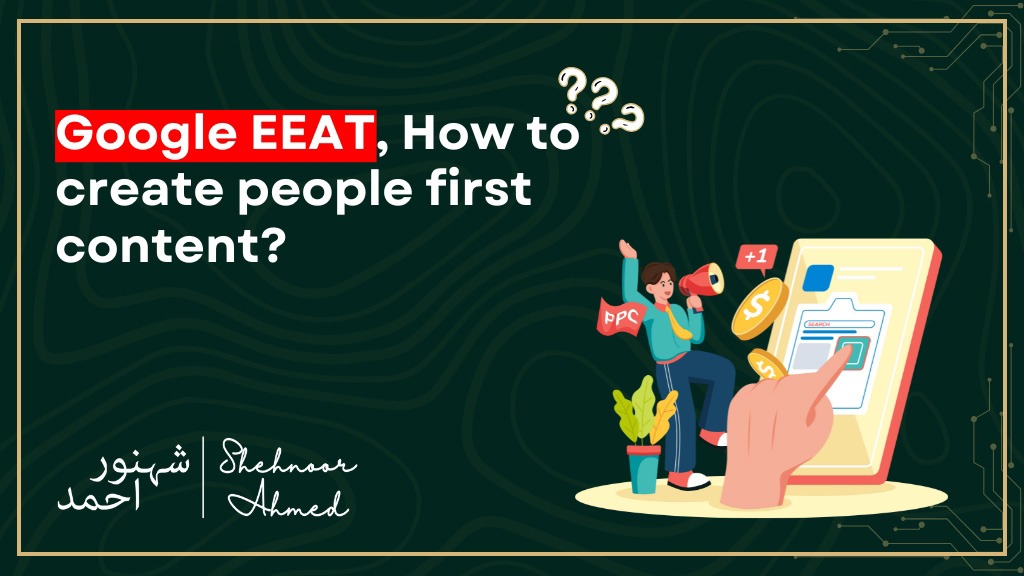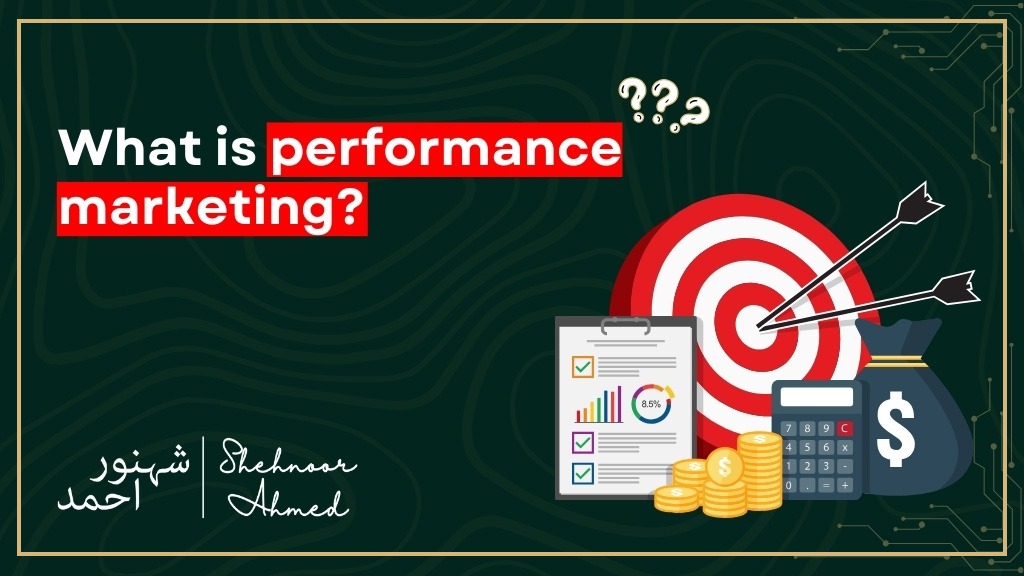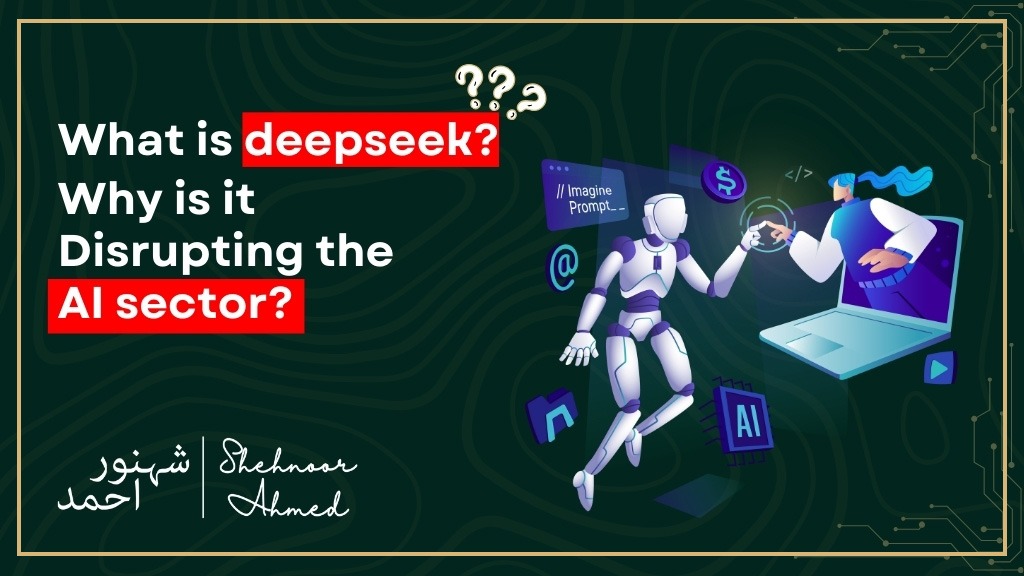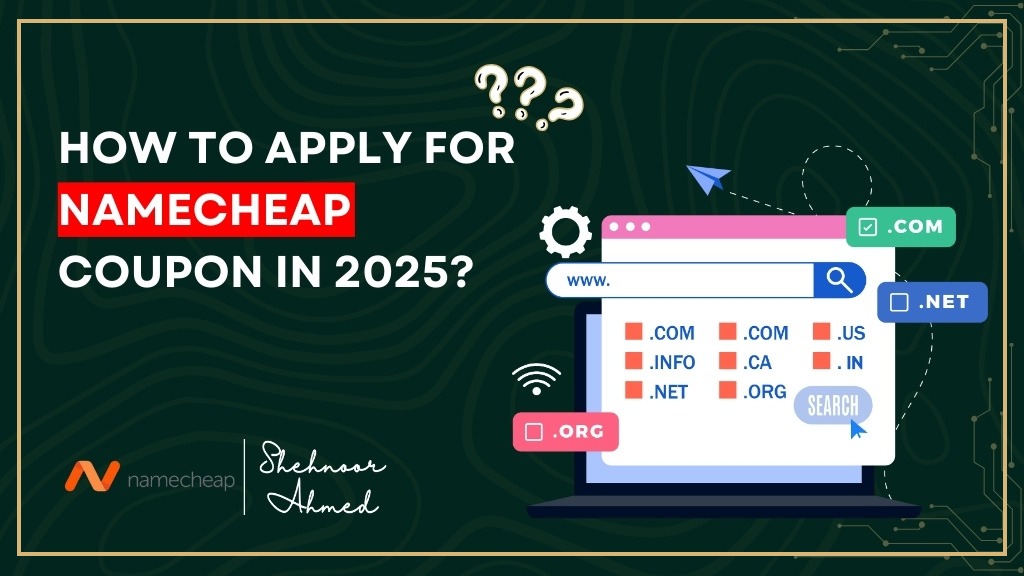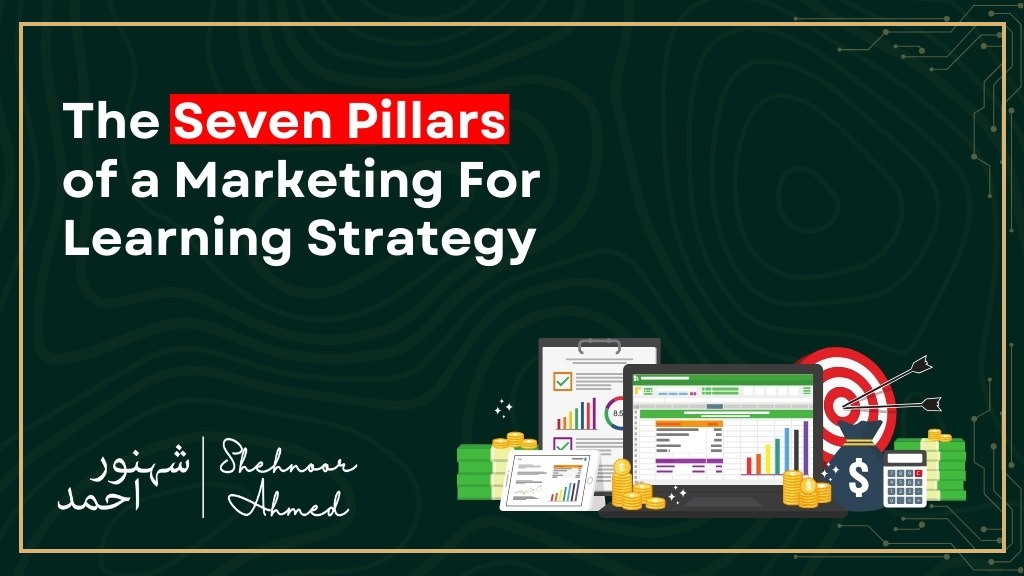
The 7ps of Marketing For Learning Strategy
Marketing puts us into an organized way of achieving objectives from present conditions. The strategy captures how objectives would be achieved; the market it targets and how the company would be positioned. Thus, it is time to define the tactics to make this plan happen that is where the extended 7ps of marketing mix comes in business marketing. What is the marketing mix? The 7 piece of marketing mix therefore comprises the tactics (or marketing activities) we have to satisfy customer needs and position our offering clearly in customer minds. It is composed of the 7Ps of marketing: Product, Price, Place and Promotion (McCarthy, 1960) plus three others that help us meet the challenges of marketing services, People, Processes and Physical Evidence (Booms & Bitner, 1982). Product Products refer to what is produced by the company (a product or service or both) and developed to accommodate the core needs branding strategies for its customer – for example, if there is a need for transport, then a car suitably fits in to meet this need. The issue here would be to create the right package of benefits to meet that need. Fast forward: customer needs are changing, competitors are ahead, and new opportunities arise- all of these call for an addition to the bundle of benefits to enhance our offering, new versions of our existing products, or indeed new products. When enhancing or tweaking the product offering, consider more than just the product itself- guarantees, warranties, after-sales or online support, a user-friendly app, or digital content like a video that helps the customer to maximize the use of his product are all value propositions that create differentiation in business and marketing. Based on the Content Marketing Institute, 73% of B2B business marketers and 70% of B2C marketers utilize communications marketing as a component of their overall marketing strategy. Features and benefits: What product does and how it will benefit the customer. Quality The quality of the product Branding The image and identity of the product Variety Various versions or models offered Packaging How the product is packaged and protected Services Extra services marketing such as warranties or customer support Prices Prices are the only ingredient for bringing in revenue, as all other company marketing activities experience a cost. Put the price right to cover not just costs, but to make a profit! First, we must do research about what customers are willing to pay and how they perceive the demand for that particular product/service before setting prices in sales marketing. Also looking at the competitors’ scenario while setting prices; because price is a very significant indicator of positioning in the market against competitors (low prices=value brand). Thus, price has to be set with competitors in their minds too for sales promotion. According to a study by Nielsen, 70% of consumers prefer buying a product when it is reasonably priced. Fifty percent of consumers are reportedly ready to pay extra for sustainability as per an IBM Institute for Business Value research report. Discounting and special offers are reported as critical components for influencing the buying behavior. Pricing Strategy Techniques such as dispersion pricing, skimming, or competitive pricing. Discounts and Allowances Promotional offers, trade discounts, or seasonal pricing. Payment Terms Payment options, including credit terms or installment plans. Price Sensitivity How changes in price affect customer demand in target market Place Here, the ‘place’ is where customers perform purchasing actions. It could be a physical store, an app, or a website. There are some organizations that have a physical space, or an online presence, to take their products/services directly to the customer, while others have to deal with intermediaries or ‘middlemen’ in their locations, storage, and/or sales expertise with regard to this distribution in social marketing strategy. Decisions in this element of the seven ps of marketing mix involve evaluating which intermediaries, if any, will be involved in the distribution chain as well as the logistics of getting the finished product/service to the end customer, including storage and transportation. According to a Deloitte study, consumers are using more and more both online and offline shopping modes in sales and marketing, frequently during the same shopping experience, to find sought-after items at the best price point and using the most convenient fulfillment mechanism for their purpose. Distribution Channels Where the product ends up in the consumer’s hands (e.g., retail, online). Market Coverage The level of market presence (intensive, selective, or exclusive distribution). Logistics Warehousing, transportation, and inventory. Product Physical locations where the product is sold. Promotion In the abstract, we already have an amazing product available at a nice price and best of all, it’s within all the right places, but how do the customers know? Marketing and advertising in this seven ps of marketing mix is all about communicating messages to customers in whatever stage of buying they might be, to create awareness, interest, desire, or action. Different tools are available for communication, each serving different purposes, while digital marketing advertising best serves awareness and direct new audiences, personal selling through a sales team brings the customer closer to closing a sale. The challenge of this is therefore to choose the right tool for the job and to select the most effective media to reach our audiences based on what we know about them: if our customer is a regular on Instagram, then that’s who you have to talk to! By applying content marketing strategies through social media platforms. This is not only applicable to customers but also to other stakeholders. Advertising and digital marketing, the best way to communication to other stakeholders- including shareholders and the general public-builds an image for the company. The same principles used for choosing the appropriate tools and media would apply to what and how you would want to achieve it. According to a Content Marketing Institute study, 80% of companies employ content marketing to market their services and products. According to a HubSpot study, companies that employ social media marketing tend to meet their marketing


